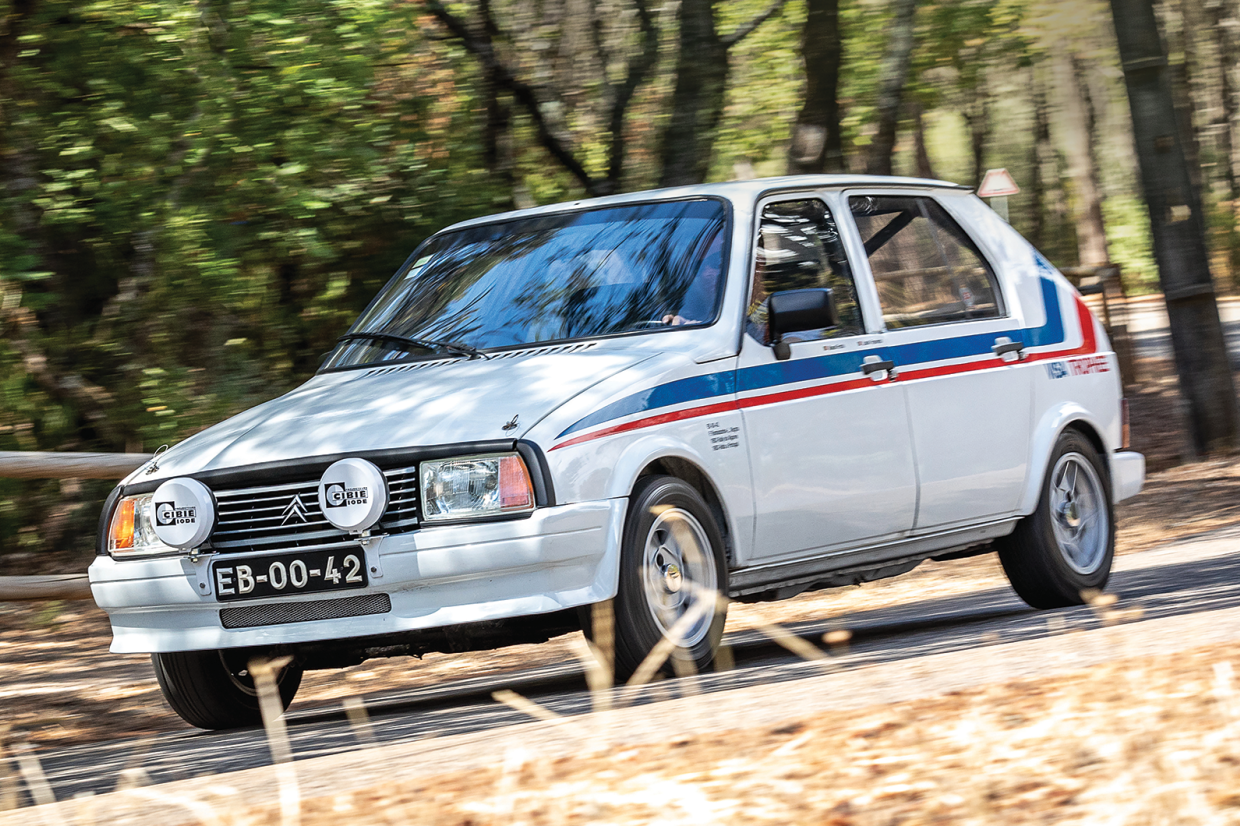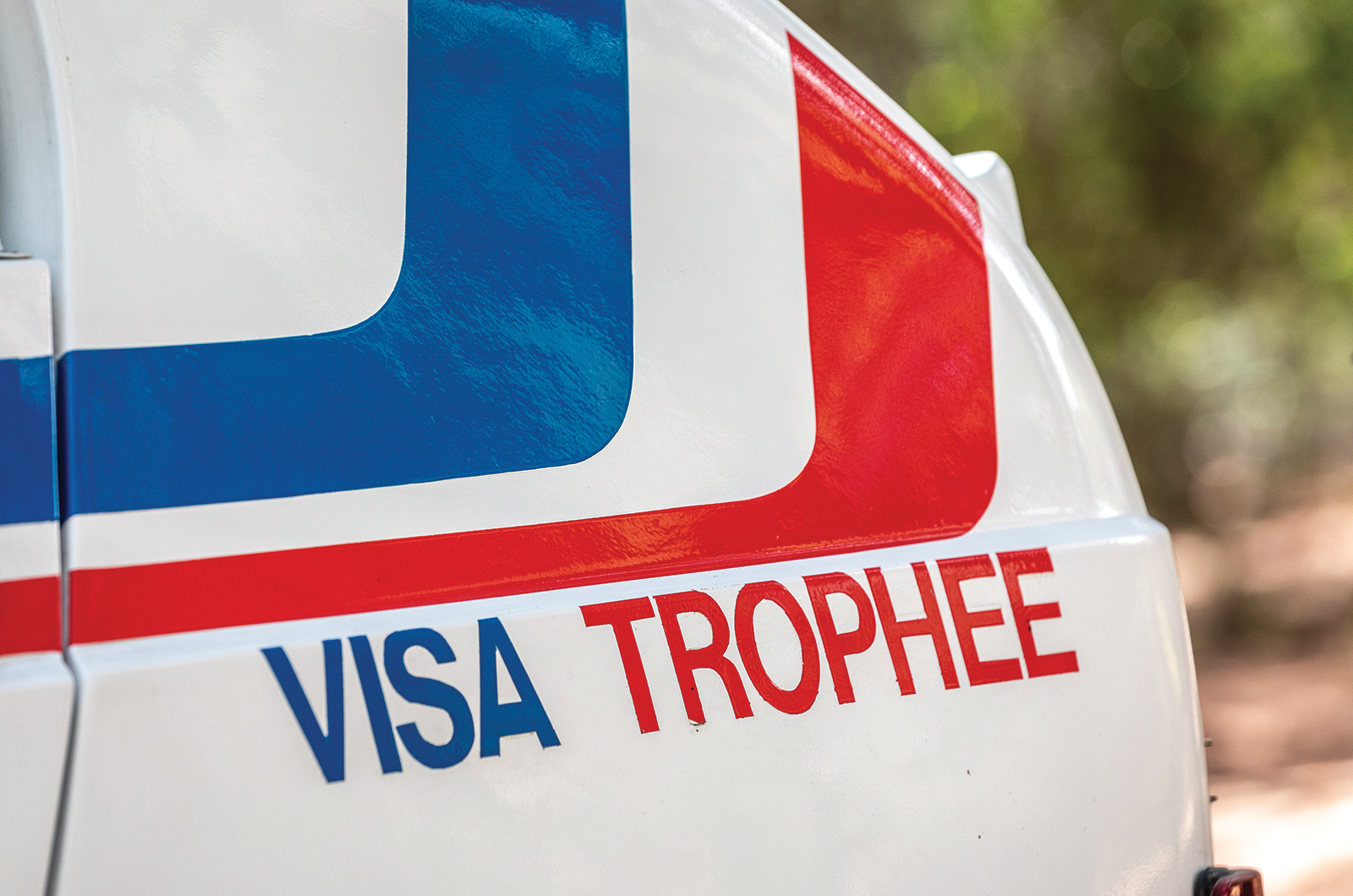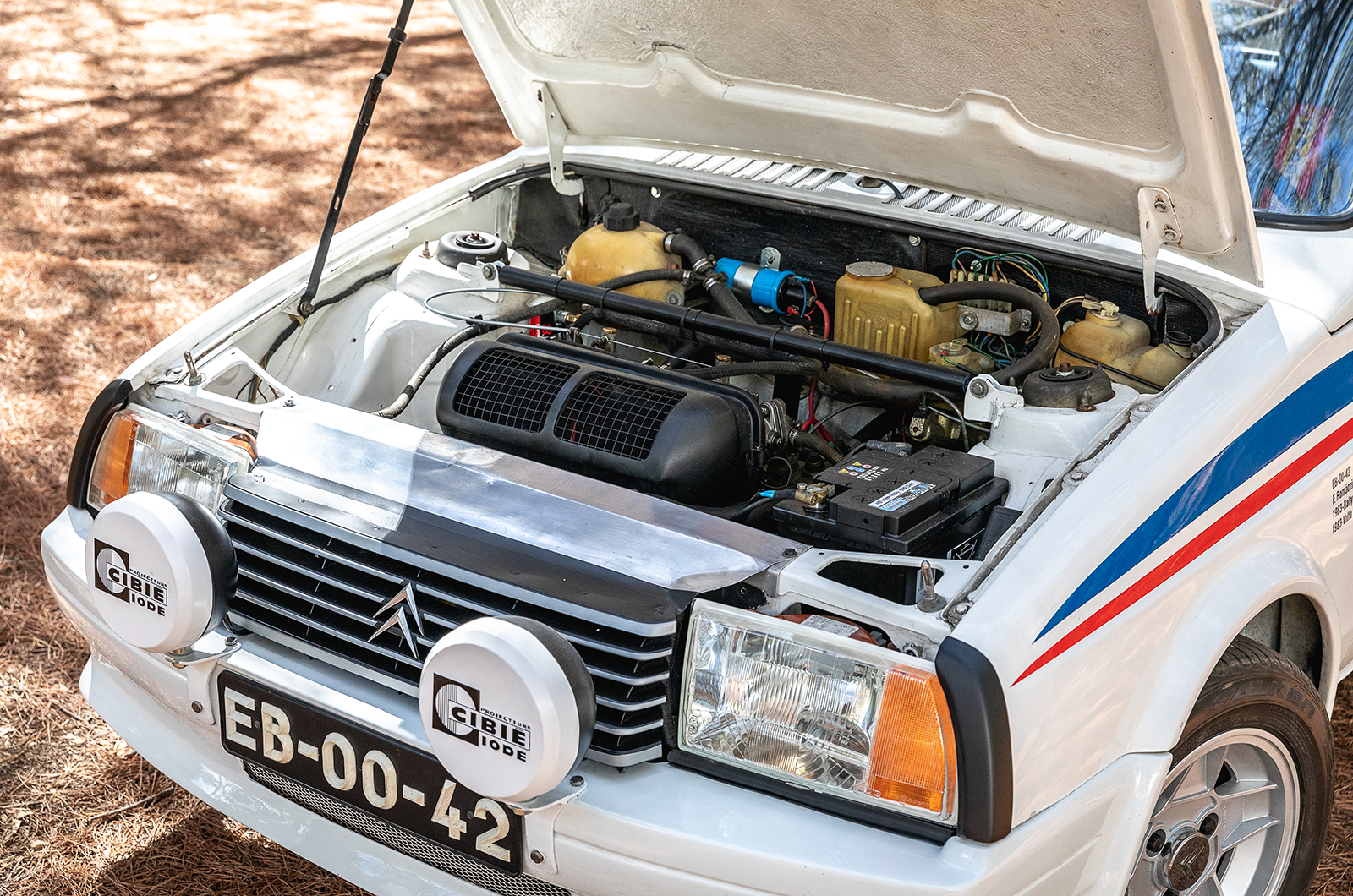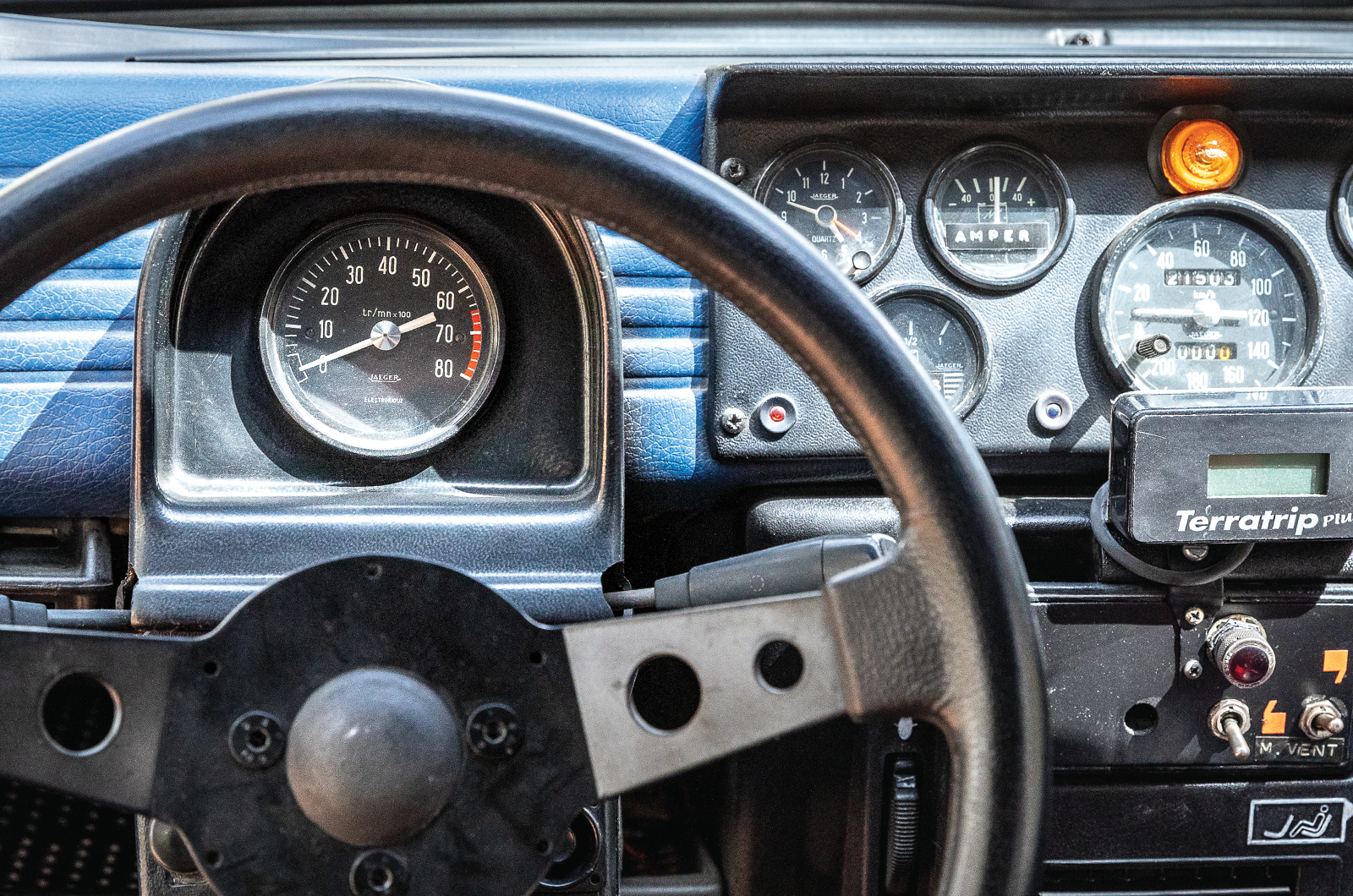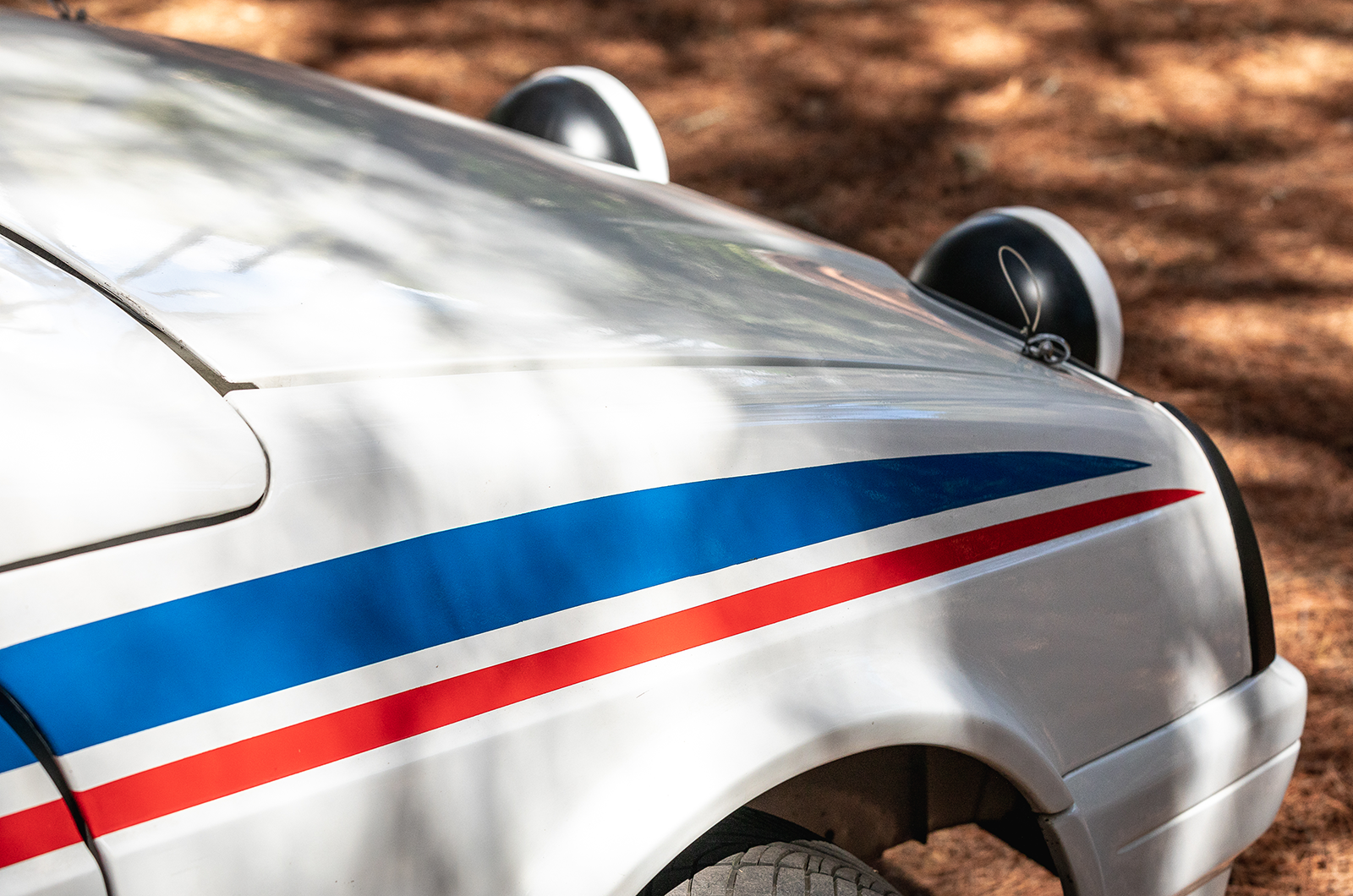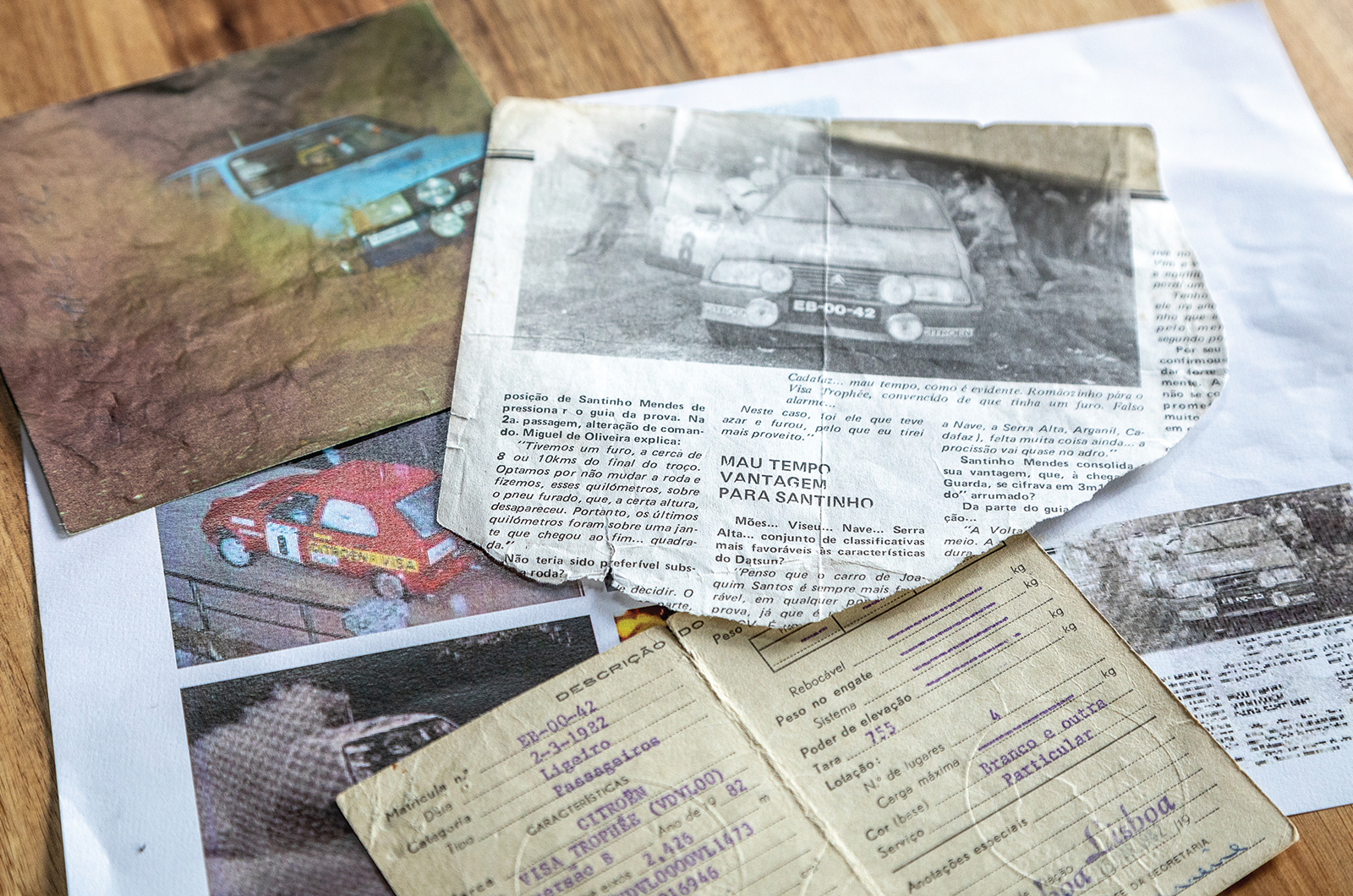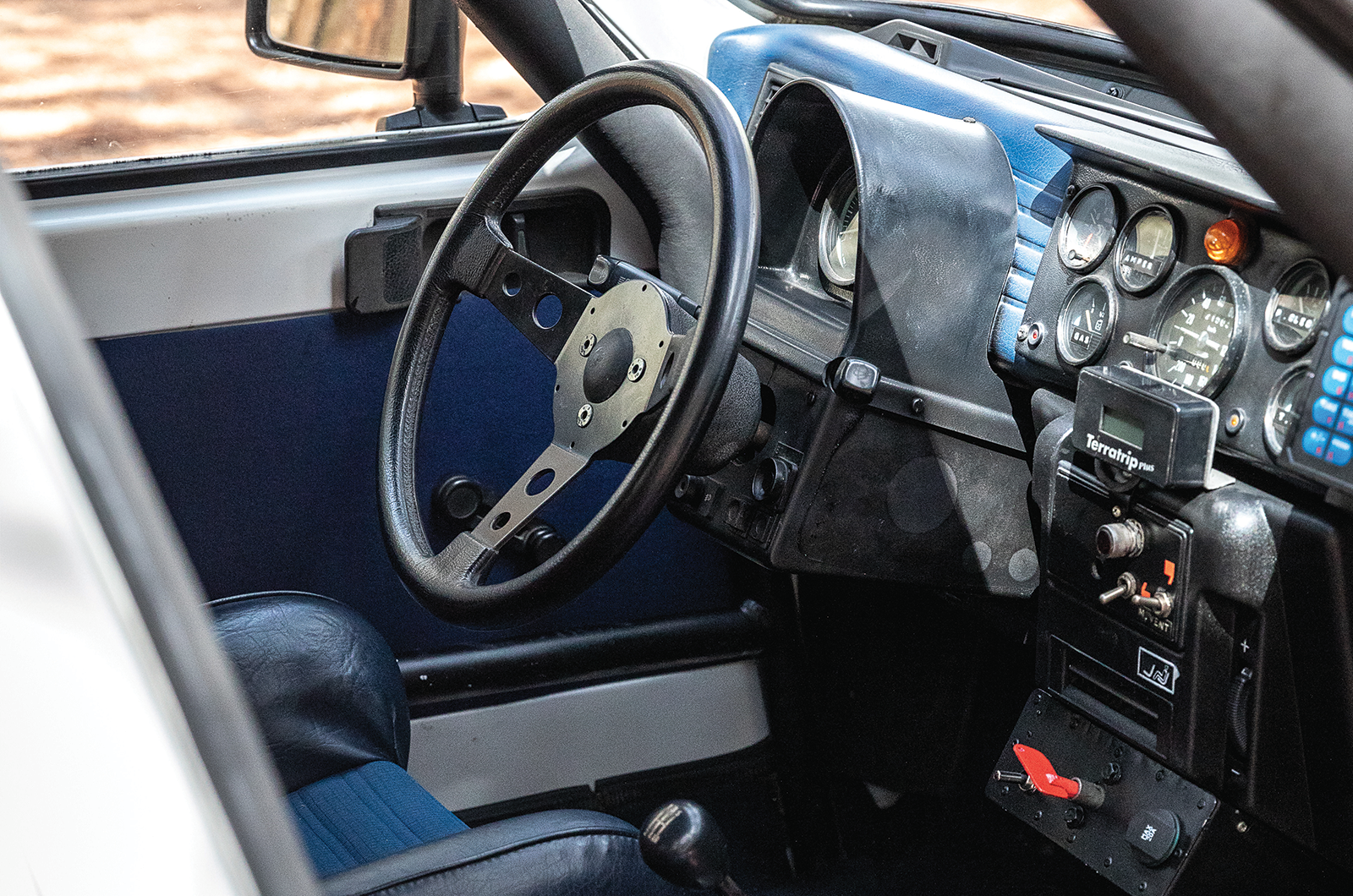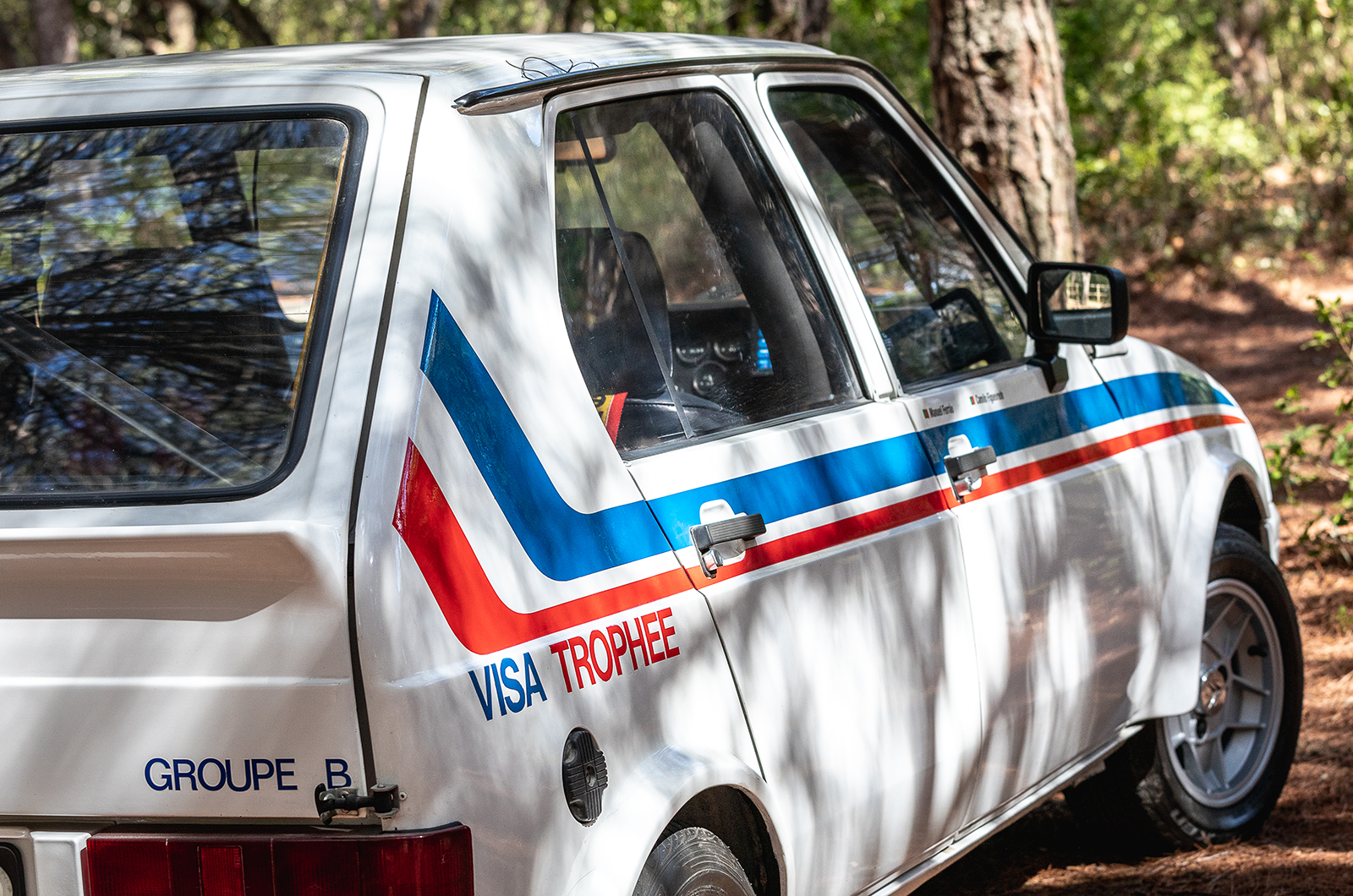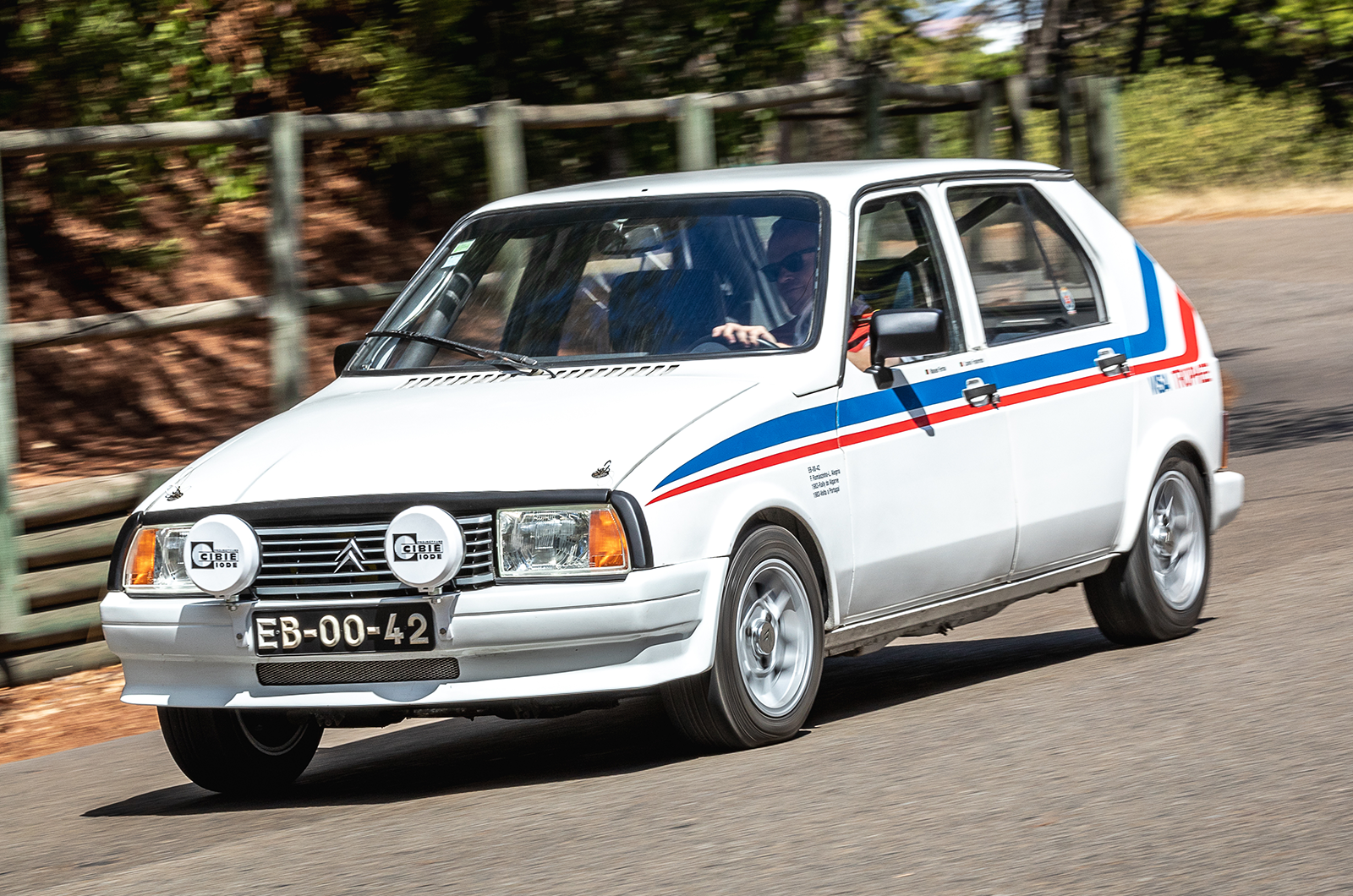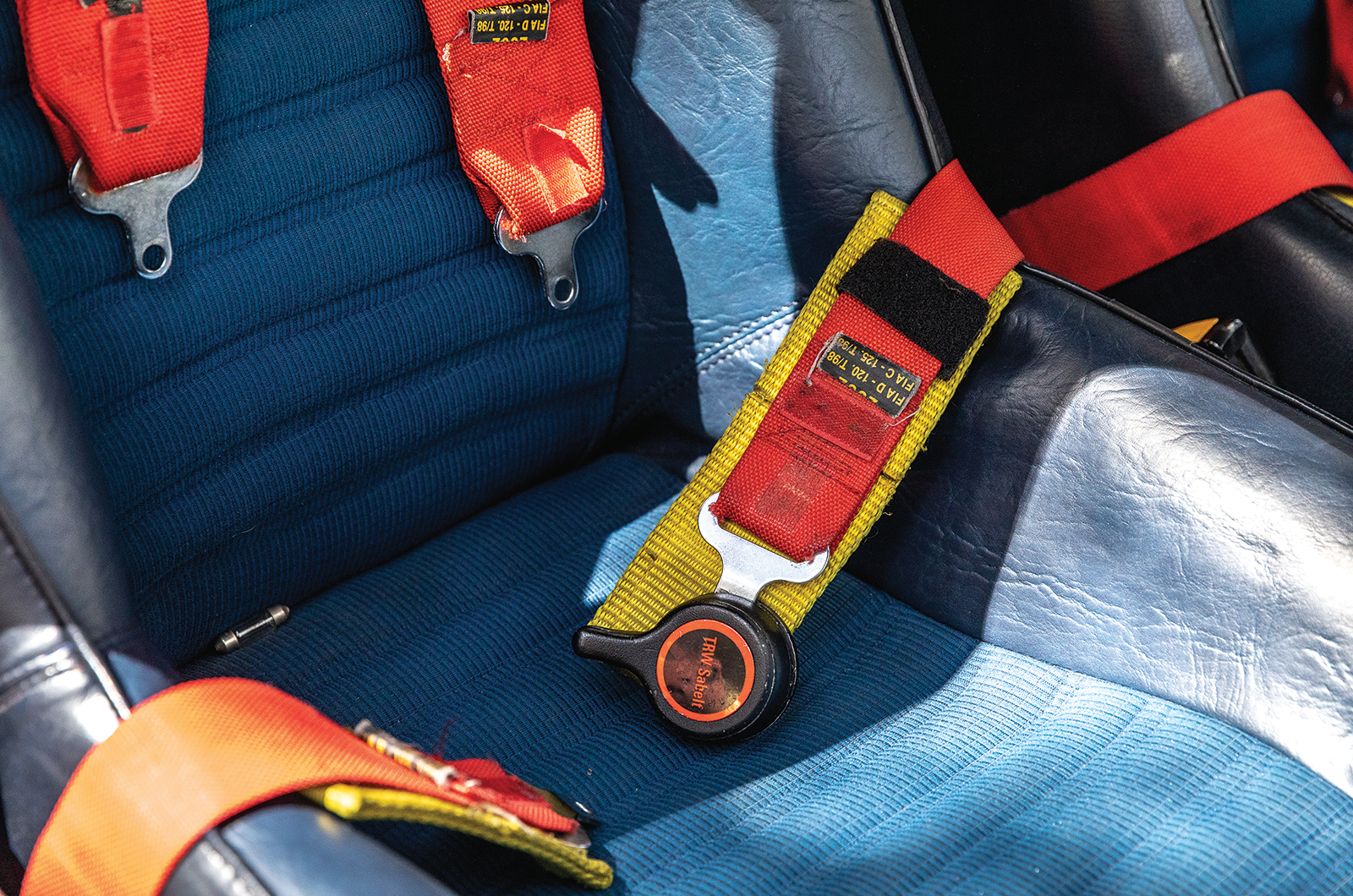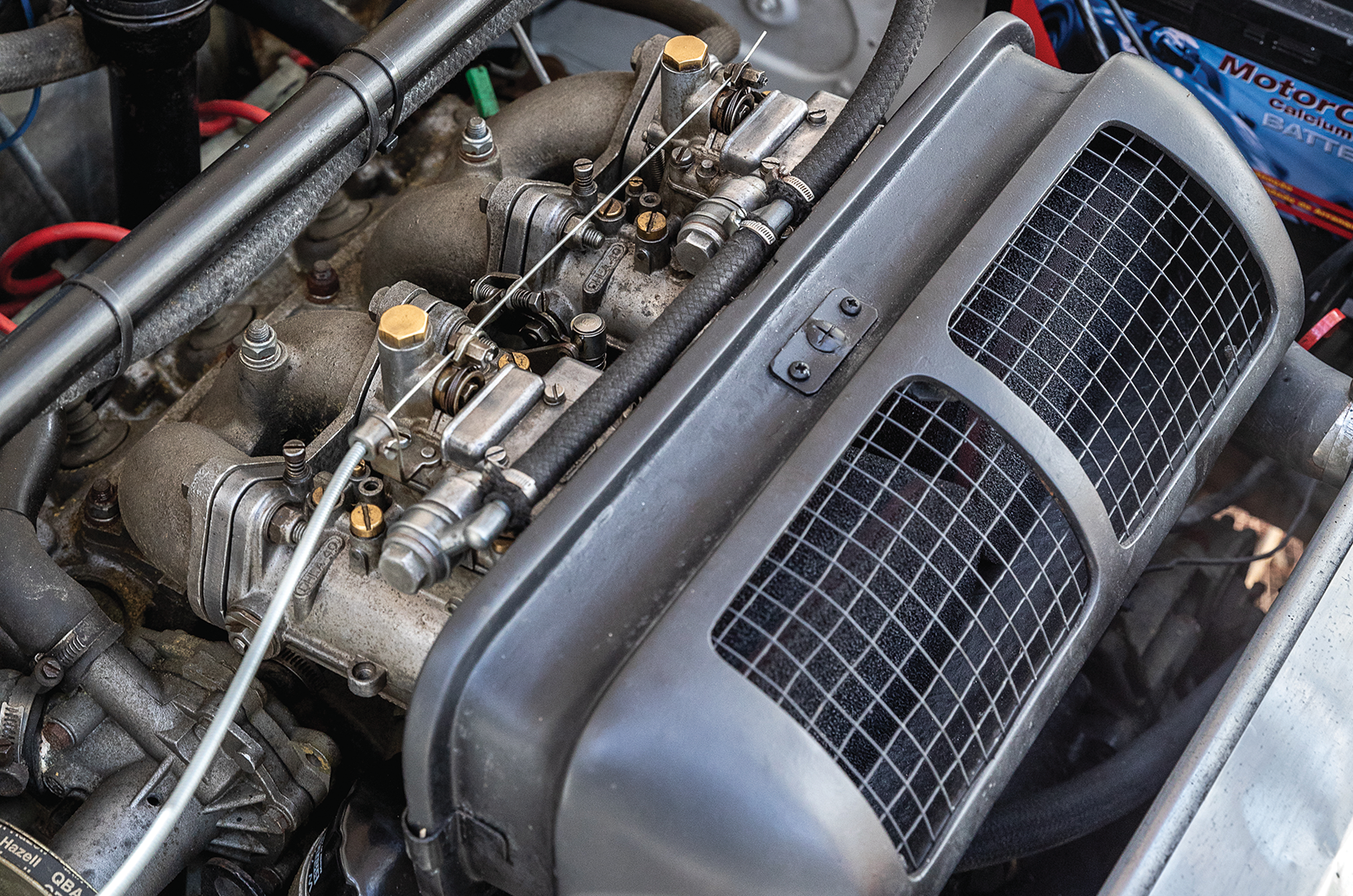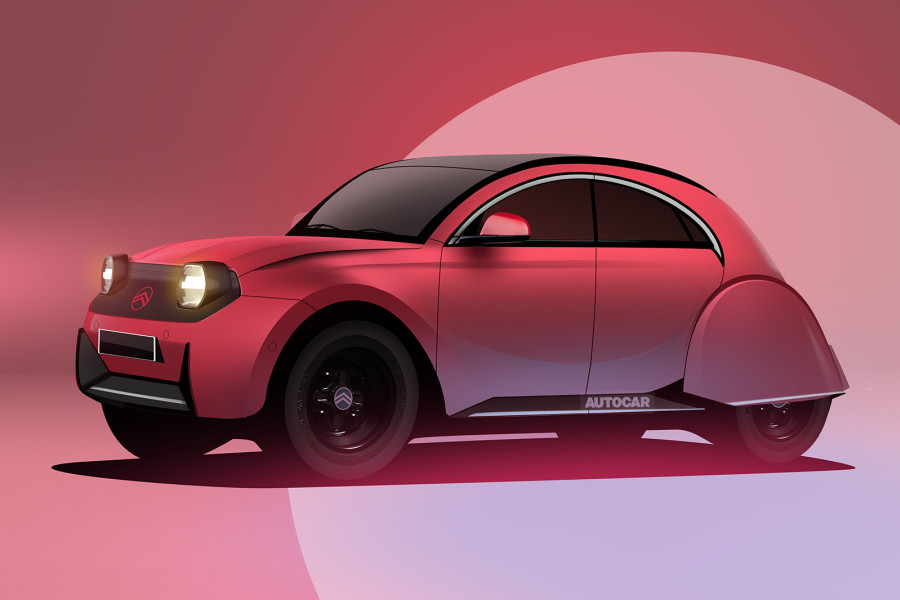Your main point of focus is the rev-counter, with its 6500rpm redline; in period, some drivers reputedly changed up at 8000rpm (presumably a rod departed the block at 8001rpm).
While you have no choice but to rev it hard, that’s no great chore because the Citroën sounds so fruity.
It barks and then bellows, pop-pop-popping on the overrun. It’s hard not to smile, even though you’re not given much time to relax.
Much of this is because of the suspension set-up. Unlike most small performance hatches of the day, it allows the front end to pivot to a degree of roll without cocking an inside front wheel.
The bucket seat and full harness remind you of this car’s purpose
That’s very commendable, but there lingers the usual front-wheel-drive squirm.
The Citroën retains an attacking posture at all times, and there is always enough power to throttle-steer accurately on the dusty stuff, albeit with a certain amount of tug through the steering wheel.
There are only 2.5 turns from lock to lock, and it’s a quick rack to be sure; to dust off much-overused journalistic parlance, the steering is full of feel.
The pull from the driving wheels is a constant: this is in no way a point-and-squirt rally weapon.
The Citroën is a brilliant little car, though. Once you’re accustomed to its foibles, not least its close-coupled shift pattern, it’s a hoot.
The Citroën’s raucous 1299cc ‘four’ needs to be worked hard to deliver its c130bhp performance
On asphalt, the Citroën Visa Trophée clings on as long as you trust it. Let the revs die and you’re done for; keep the power on and the car pulls wide.
You think you’re about to make a Visa-shaped hole in the landscape, but no, it finds its own way back to the correct line.
It’s eerily unnerving the first time, child’s play the second. Stopping short of using the handbrake and adopting a Scandi-flick, it rockets through corners.
The middle pedal is stiff, but the brakes work well – they do only have 695kg to arrest.
Unfortunately, our fun is swiftly brought to an abrupt halt by a slipping clutch.
‘The Citroën Visa Trophée is only happy when it’s being caned and changing up at valve bounce. It has no torque; not even trace elements’
As such, there is no time to see if it can be coaxed into left-foot-brake-induced oversteer, which is perhaps just as well.
That’s the thing about the Visa Trophée: it lulls you into thinking that you’re a better driver than you are. It is easy to appreciate why stars established and future loved them 40-plus years ago.
In period, it was likened to a latter-day Mini Cooper ‘S’, and it’s a fair comparison provided that Mini is highly tuned and has a limited-slip differential.
You could also argue that the Visa Trophée marked the jumping-off point for Citroën’s subsequent dominance in rallying.
Think Xsara WRC. Think C4 WRC. Think DS3 WRC. Think eight world manufacturers’ titles. You have to start somewhere.
Images: Bernardo Lúcio
Thanks to: Manuel Ferrão and Adelino Dinis
Enjoy more of the world’s best classic car content every month when you subscribe to C&SC – get our latest deals here
READ MORE
Chris Sclater: meet rallying’s unsung hero
20 of the coolest rally cars
Sunbeam Tigers: recreating Rallye Monte-Carlo magic
Richard Heseltine
Richard Heseltine is a long-time contributor to Classic & Sports Car
